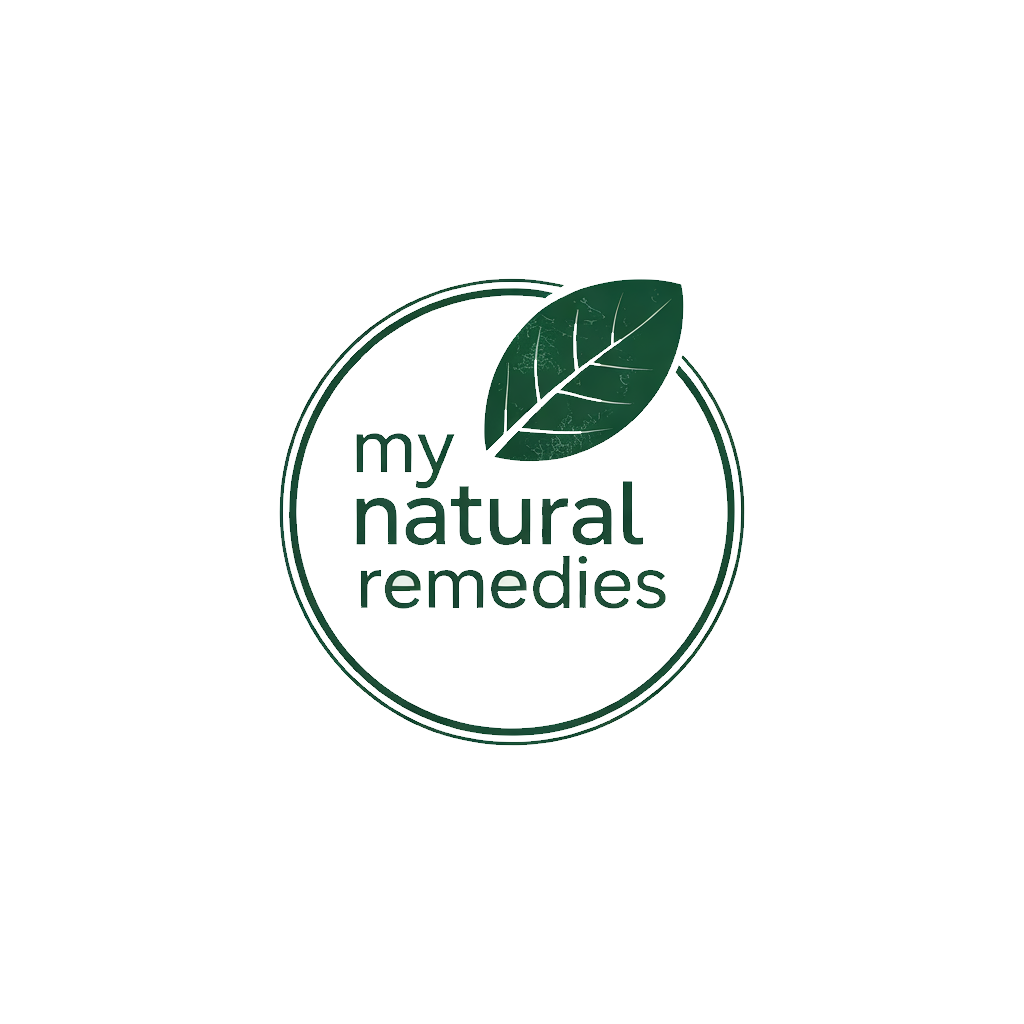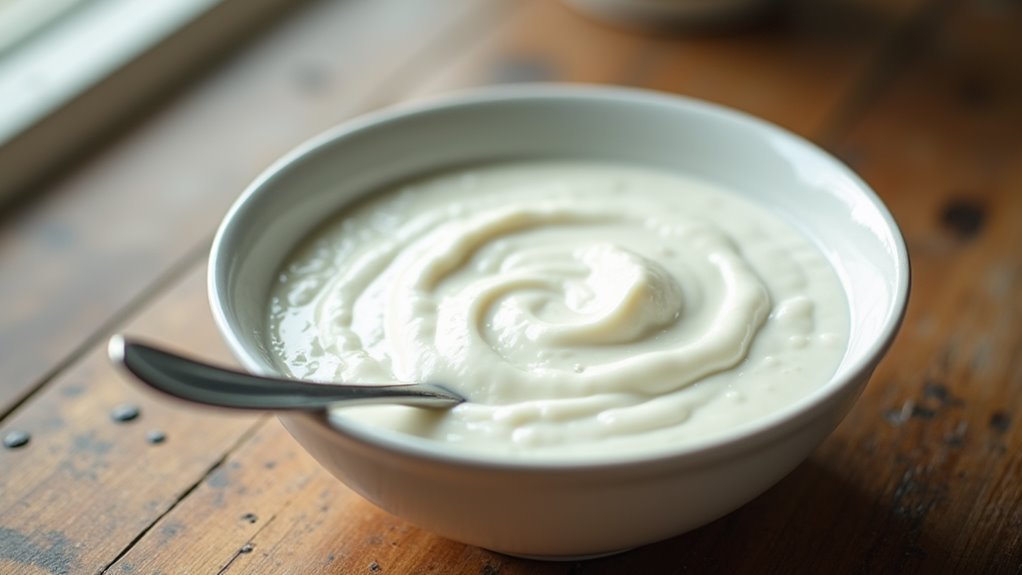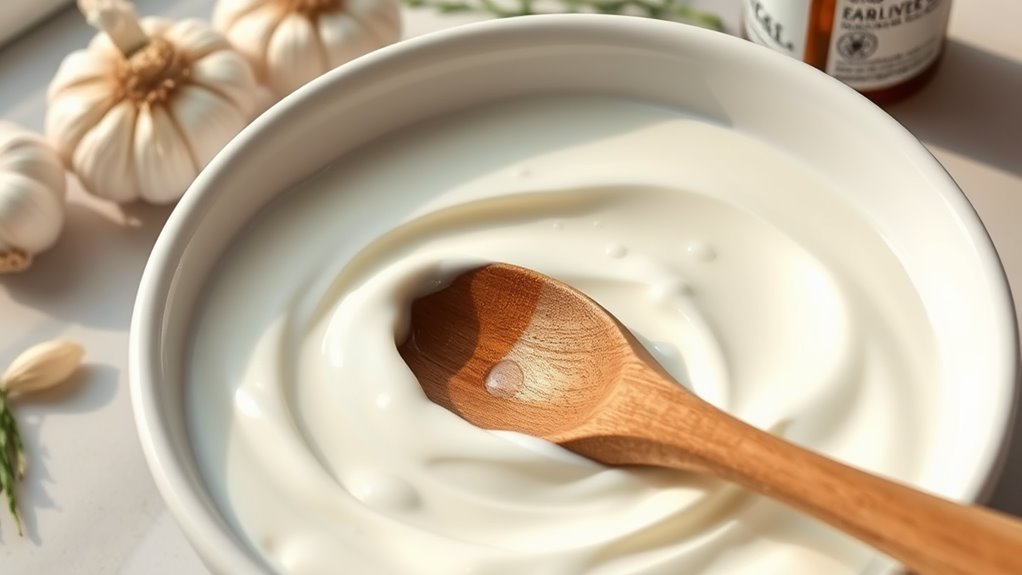Yeast Infection Gone in 24 Hours. Try This!
You can clear up a yeast infection naturally within 24 hours by following a targeted approach. Start with probiotic supplements and unsweetened cranberry juice, then apply organic coconut oil to affected areas every 4-6 hours. Use a plain yogurt tampon for quick relief, take an apple cider vinegar bath, and wear loose cotton underwear. Avoid sugar and stay hydrated throughout the day. Discover additional powerful remedies to speed up your healing process.
Understanding How Yeast Infections Develop
Although your body naturally contains small amounts of yeast, an infection occurs when there’s an overgrowth of the Candida fungus, particularly Candida albicans. This common condition affects many people just like you, who are often searching for fast yeast infection remedies when symptoms appear.
Several factors can disrupt your body’s natural balance and trigger an infection. Taking antibiotics can kill beneficial bacteria that normally keep yeast in check. Changes in hormone levels, especially during pregnancy or while using hormonal contraceptives, can also create an environment where yeast thrives.
If you have diabetes or a weakened immune system, you’re more susceptible to developing these infections. Additionally, maintaining proper hygiene practices is crucial in preventing the overgrowth of yeast and reducing the risk of infections.
Lifestyle factors play a role too. Wearing tight, non-breathable clothing, using scented products in sensitive areas, or staying in wet swimwear too long can create warm, moist conditions where yeast multiplies rapidly.
The 24-Hour Natural Treatment Protocol
When you’re dealing with an uncomfortable yeast infection, this 24-hour natural treatment protocol can provide quick relief while supporting your body’s natural healing process.
Start by taking a probiotic supplement and drinking unsweetened cranberry juice to help restore your body’s beneficial bacteria.
Apply organic coconut oil directly to the affected area every 4-6 hours. It’s gentle yet effective, with natural antifungal properties. You can also try a yogurt tampon – insert plain, sugar-free yogurt using an applicator and leave it for two hours.
Take a warm bath with two cups of apple cider vinegar to help balance your pH levels. Add three drops of tea tree oil for extra antifungal support. Probiotics are crucial for maintaining body balance and preventing yeast overgrowth.
Remember to wear loose, cotton underwear and avoid tight clothing during treatment.
Stay hydrated and avoid sugar, as yeast feeds on it. Many women find complete relief within 24 hours using this holistic approach.
Essential Dietary Changes for Quick Relief
Making strategic dietary changes can significantly speed up your recovery from a yeast infection while preventing future outbreaks. You’ll want to focus on foods that naturally fight Candida while avoiding those that feed it. Following these dietary guidelines alongside your treatment protocol will help you join the many others who’ve found lasting relief.
| Foods to Eat | Foods to Avoid | Benefits |
|---|---|---|
| Garlic & Onions | Sugar & Sweets | Kills yeast |
| Greek Yogurt | White Bread | Restores balance |
| Coconut Oil | Alcohol | Fights infection |
Remember to drink plenty of water and unsweetened herbal teas throughout the day to help flush out toxins. Add fermented foods like kimchi and sauerkraut to your meals to boost beneficial bacteria. Many people in our community have found that cutting out processed foods and focusing on whole, nutrient-rich options makes a noticeable difference within the first 24 hours of treatment. Additionally, eliminating yeast-feeding foods can further aid in managing your symptoms effectively.
Lifestyle Modifications to Speed Recovery
Along with proper diet, simple lifestyle changes can dramatically accelerate your recovery from a yeast infection.
Start by wearing loose-fitting, cotton underwear to reduce moisture and heat that yeasts love. Change out of wet swimsuits or sweaty clothes immediately after use.
Take breaks from tight pants, pantyhose, or leggings, as they can create the perfect environment for yeast to thrive.
When using the bathroom, always wipe from front to back to prevent spreading bacteria. Skip scented feminine products, douches, and harsh soaps that can disrupt your natural pH balance.
Consider taking a probiotic supplement and practice stress-reduction techniques like yoga or meditation, as stress can weaken your immune system. Additionally, maintaining a balanced diet that includes beneficial bacteria growth can further enhance your immune response.
Get adequate sleep – at least 7-8 hours nightly – and avoid hot tubs or very hot baths until your infection clears.
These simple adjustments will support your body’s natural healing process.
Preventing Future Yeast Infections
To prevent recurring yeast infections, you’ll need to maintain healthy habits even after your current symptoms resolve.
Start by wearing breathable cotton underwear and avoiding tight-fitting clothes that trap moisture. After swimming or exercising, change out of wet swimsuits or sweaty clothes immediately.
Keep your blood sugar under control if you’re diabetic, as high glucose levels can fuel yeast growth.
Maintain good intimate hygiene, but avoid douching or using scented products that disrupt your natural pH balance. If you’re sexually active, consider using condoms to prevent spreading the infection between partners.
Watch your diet by limiting sugar and refined carbs that feed yeast. Instead, boost your immune system with probiotic-rich foods like yogurt and fermented vegetables. Probiotic-rich foods can help restore balance in the body to combat yeast overgrowth.
If you’re taking antibiotics, ask your healthcare provider about taking probiotics simultaneously to maintain healthy vaginal flora.
When to Seek Medical Attention
While most yeast infections can be treated effectively at home, certain symptoms require immediate medical attention.
You’ll want to stay proactive about your health and recognize when it’s time to consult a healthcare provider, just as many others in similar situations have done.
Contact your doctor immediately if you experience:
- Symptoms that persist for more than a week despite using over-the-counter treatments
- Fever, severe pain, or unusual discharge with a strong, foul odor
- Four or more yeast infections within a year, as this could indicate an underlying condition
- Uncertainty about whether your symptoms are actually from a yeast infection, since other infections can present similarly
Remember that seeking medical help isn’t a sign of weakness – it’s a smart decision that many people make to ensure proper treatment. Additionally, early recognition and management of symptoms can help prevent complications from yeast infections that may arise if left untreated.
Your healthcare provider can conduct tests to confirm the diagnosis and prescribe stronger medications if needed.
Frequently Asked Questions
Can I Have Sex While Treating a Yeast Infection?
You shouldn’t have sex during a yeast infection treatment – it can spread the infection, delay healing, and cause discomfort. Wait until symptoms clear and treatment’s complete (usually 1-7 days).
Is Swimming Allowed During Yeast Infection Treatment?
You’ll want to avoid swimming while treating a yeast infection. Pool chemicals and moisture can disrupt your treatment and potentially worsen symptoms. Wait until you’re fully healed before diving in.
Does Menstruation Affect the Effectiveness of Yeast Infection Treatments?
Your menstrual period won’t reduce treatment effectiveness, but you’ll want to change tampons or pads frequently. Keep taking your medication as prescribed to ensure you’re getting the full benefits.
Can I Use Tampons While Treating a Yeast Infection?
It’s best to avoid tampons during yeast infection treatment. They can interfere with medication and trap moisture. Instead, you’ll want to use pads until your infection clears up completely.
Will Birth Control Pills Make My Yeast Infection Worse?
Birth control pills may increase your risk of yeast infections since they affect hormone levels. Talk to your doctor if you’re experiencing frequent infections – they’ll help find what’s right for you.





